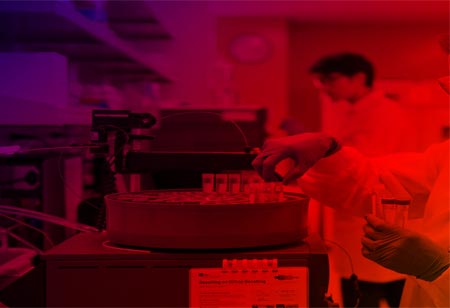Thank you for Subscribing to Healthcare Business Review Weekly Brief
Be first to read the latest tech news, Industry Leader's Insights, and CIO interviews of medium and large enterprises exclusively from Healthcare Business Review
Nutritional Preparation for Cosmetic Surgeries
A subspecialty of plastic surgery that concentrates on appearance is called cosmetic surgery.

By
Healthcare Business Review | Friday, February 10, 2023
Stay ahead of the industry with exclusive feature stories on the top companies, expert insights and the latest news delivered straight to your inbox. Subscribe today.
The bundling elements are designed to reinforce one another, with a diagnostic advice function likely to provide personalisation.
FREMONT, CA: A subspecialty of plastic surgery that concentrates on appearance is called cosmetic surgery. Breast reconstruction and burn surgery are examples of procedures included in plastic surgery that restore shape and function. Recently, notably during COVID-19, non-surgical, minimally invasive treatments have gained popularity. Over 10 million treatments, including augmentation mammoplasty, facial implants and rejuvenation, facelifts, blepharoplasty, liposuction, abdominoplasty, lower body lifts, rhinoplasty, and Botox injections, were carried out in 2020. The most popular minimally invasive cosmetic procedures were chemical peels, soft tissue fillers, and botulinum toxin injections.
Customers now value aesthetic medicine and their health and well-being, which is essential. Additionally, less invasive techniques allow practitioners from various backgrounds to succeed in the field.
Medical procedures for aesthetic and cosmetic purposes have drawn much consumer interest worldwide. However, potential problems can range from minor, quickly disappearing ecchymoses or oedema to more serious, long-lasting issues. A further objective is to give industry professionals a set of activities they may take to lower the hazards associated with aesthetic operations and enhance clinical results. Nutritional deficiencies are usually linked to granulomas, hypertrophic scars and keloids, seromas, infections and xerosis, hyperpigmentation, petechiae, livedo reticularis, slower wound healing, and other negative effects. The results of aesthetic and cosmetic medical procedures, as well as wound healing and tissue repair after surgical treatments, can be significantly impacted by nutritional conditions.
Individuals' nutrient intake and utilisation have an impact on their nutritional status.
It is now generally known that following a healthy diet is correlated with being in excellent health. Pre-surgery patients can receive the best nutritional therapy through early coordination between the surgical and dietary departments. The same holds for patients receiving cosmetic and minimally invasive procedures. Before surgery, nutritional screening and assessments should be performed to identify, address, and avoid all forms of malnutrition. All necessary nutrients must be added to aesthetic operations for them to be successful.






